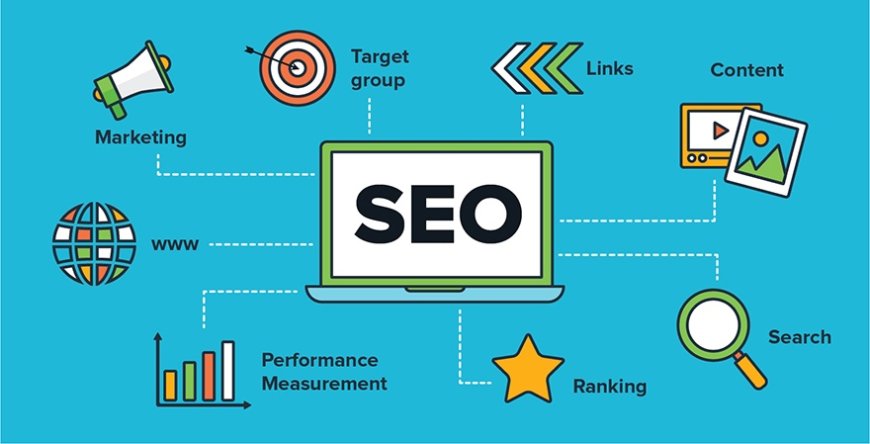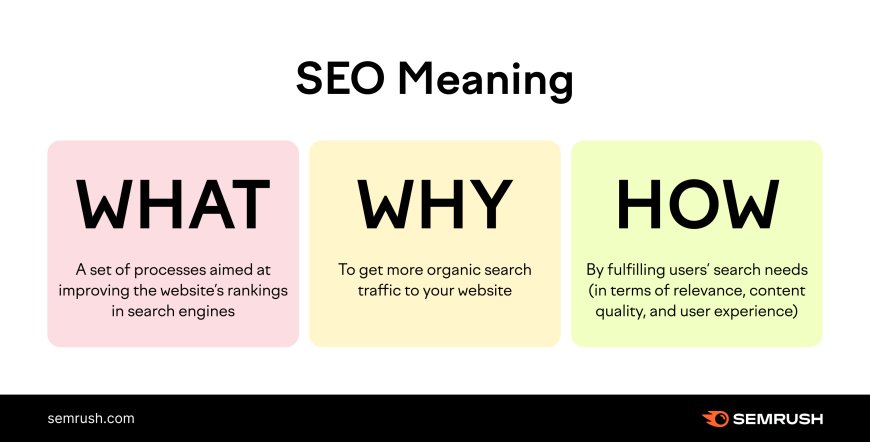SEO Starter Guide (2024)
SEO Starter Guide for Khichdi Network Clients
Introduction
Search Engine Optimization (SEO) is crucial for any business looking to improve its online presence and drive organic traffic to its website. This guide will focus on essential SEO practices, with a special emphasis on mobile and responsive websites, and the importance of using WordPress as a platform.
Understanding SEO
SEO is the process of optimizing your website to rank higher in search engine results pages (SERPs) for relevant keywords. Higher rankings lead to increased visibility and potentially more traffic and conversions.
Why Focus on Mobile and Responsive Websites?
- Mobile Usage Growth: More than half of all web traffic comes from mobile devices. Ensuring your website is mobile-friendly is crucial for capturing this audience.
- Google’s Mobile-First Indexing: Google primarily uses the mobile version of the content for indexing and ranking. A mobile-friendly site is essential for better SEO performance.
- User Experience: A responsive design improves user experience, reducing bounce rates and increasing time spent on the site, both of which are positive signals for search engines.
Importance of Using WordPress for SEO
- User-Friendly: WordPress is easy to use, even for those with limited technical knowledge. This ease of use helps in quickly implementing SEO best practices.
- SEO Plugins: WordPress offers numerous SEO plugins like Yoast SEO and All in One SEO Pack, which simplify the process of optimizing your site.
- Customizable and Flexible: WordPress is highly customizable, allowing you to optimize every aspect of your website for SEO.
- Responsive Themes: Many WordPress themes are designed to be responsive, making it easier to create a mobile-friendly website.
SEO Best Practices for Mobile and Responsive Websites
1. Mobile Optimization
- Responsive Design: Ensure your website adjusts seamlessly across different screen sizes and devices.
- Fast Loading Times: Mobile users expect quick load times. Use tools like Google PageSpeed Insights to test and improve your site’s speed.
- Simplified Navigation: Mobile screens are smaller; ensure your navigation is intuitive and easy to use on mobile devices.
- Readable Content: Use legible fonts and appropriate font sizes. Avoid large blocks of text and ensure sufficient spacing.
2. WordPress Specific SEO Tips
- Choose a Responsive Theme: Start with a theme that is optimized for mobile devices.
- Install SEO Plugins: Plugins like Yoast SEO help you optimize meta tags, sitemaps, and other critical SEO elements.
- Optimize Images: Use compressed and appropriately sized images to improve load times.
- Permalinks Structure: Use a clean and SEO-friendly URL structure (e.g., www.yoursite.com/sample-post/).
On-Page SEO Techniques
- Keyword Research: Identify relevant keywords for your business and use them naturally in your content.
- Quality Content: Produce high-quality, engaging, and informative content that provides value to your visitors.
- Title Tags and Meta Descriptions: Craft compelling and keyword-rich titles and meta descriptions for each page.
- Header Tags: Use H1, H2, H3 tags to structure your content and include keywords where appropriate.
- Internal Linking: Link to other relevant pages on your website to keep visitors engaged and help search engines understand your site structure.
Technical SEO
- XML Sitemaps: Create and submit an XML sitemap to search engines to help them crawl and index your site.
- Robots.txt: Ensure your robots.txt file is correctly configured to guide search engine crawlers.
- SSL Certificate: Secure your website with an SSL certificate (https) to build trust and improve SEO.
- Schema Markup: Implement schema markup to help search engines understand your content and enhance your search results with rich snippets.
Off-Page SEO
- Backlinks: Earn high-quality backlinks from reputable sites to improve your site’s authority and ranking.
- Social Media: Use social media platforms to promote your content and attract visitors.
- Local SEO: Optimize for local search by creating a Google My Business profile and earning reviews.
Monitoring and Analytics
- Google Analytics: Use Google Analytics to track your website traffic, user behavior, and other key metrics.
- Google Search Console: Monitor your site’s performance in search, check for crawl errors, and submit sitemaps.
Implementing these SEO strategies will help your business improve its online visibility, attract more traffic, and ultimately drive more conversions. Focus on creating a mobile-friendly, responsive website, leveraging the power of WordPress, and following SEO best practices to achieve long-term success.
For any further assistance or detailed SEO consultation, feel free to reach out to Khichdi Network. Happy optimizing!
What's Your Reaction?

























































